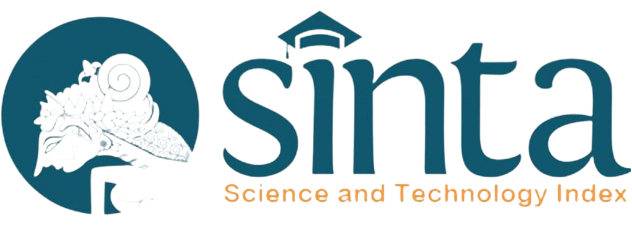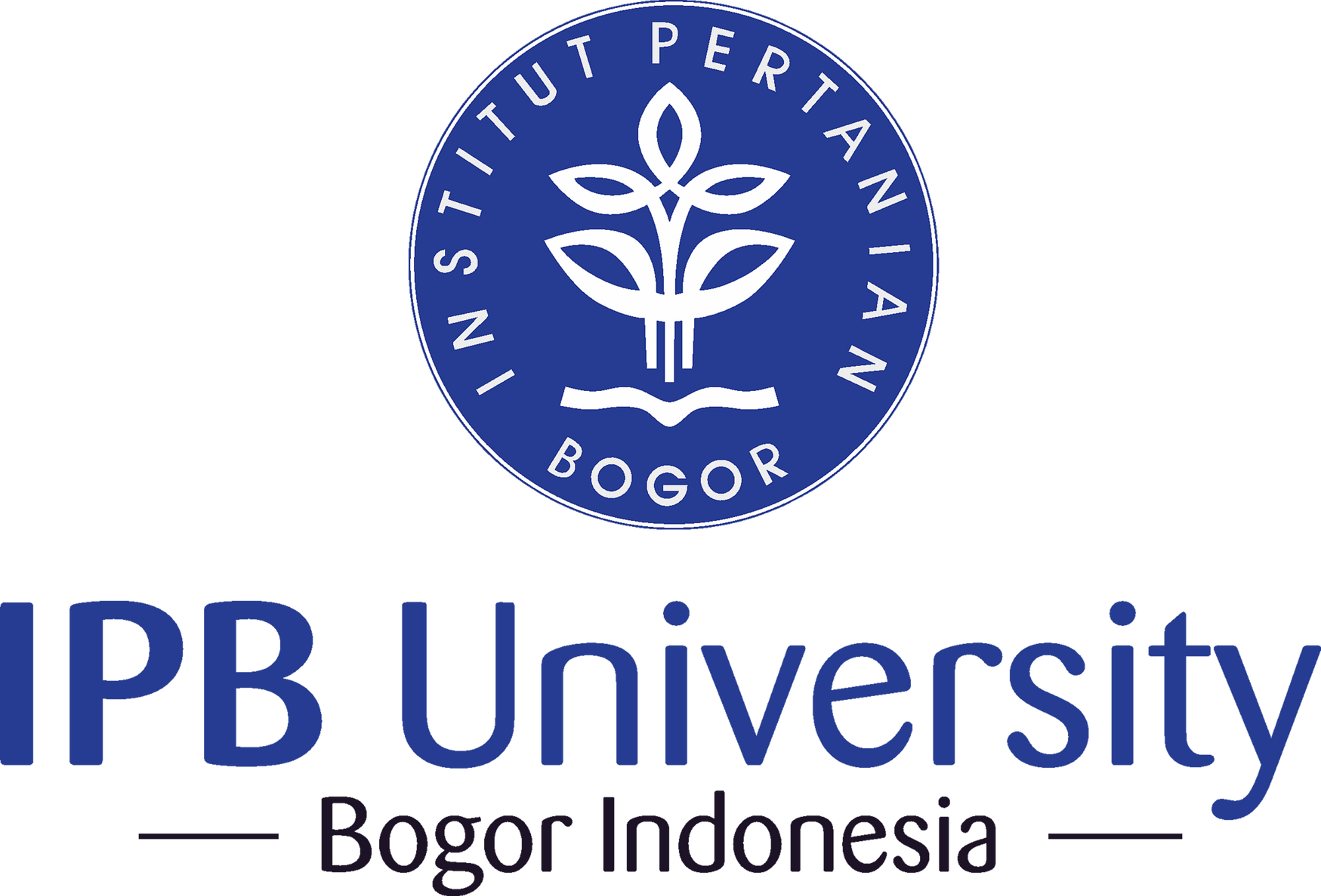Pengaruh Suhu dan Waktu Pengeringan terhadap Karakteristik Fisikokimia Buah Naga Merah (Hylocereus polyrhizus (Weber) Britton & Rose) Kering
Abstract
As one of the horticultural commodities, red dragon fruit (Hylocereus polyrhizus (Weber) Britton & Rose)) is easily damages after harvesting. This research aims to determine the effects of temperature and drying time on the physico-chemical characteristics of dried red dragon fruit. The experimental design used in the study was a completely randomized design (CRD) with two factors of treatments and three replications. The first factor was drying temperature with three level of treatments, namely 40, 50 and 60 °C, and the second factor was drying time with three levels of treatments, namely 15, 20 and 25 hours. The each treatment was replicated three times. The one cm thickness of sliced flesh red dragon fruit was oven-dried at the different temperature and the different drying times. The results showed that the dyring temperature of 60 °C and drying time of 20 hours resulted in the best flesh dried fruit based on the color difference between the fleshes dried and the fleshes fresh fruit, texture, yield, water content, water activity, total soluble solids, total tiratable acidity, and vitamin C of the dried fleshes fruit.
Keywords: color difference, total soluble solids, total tiratable acidity, water activity













